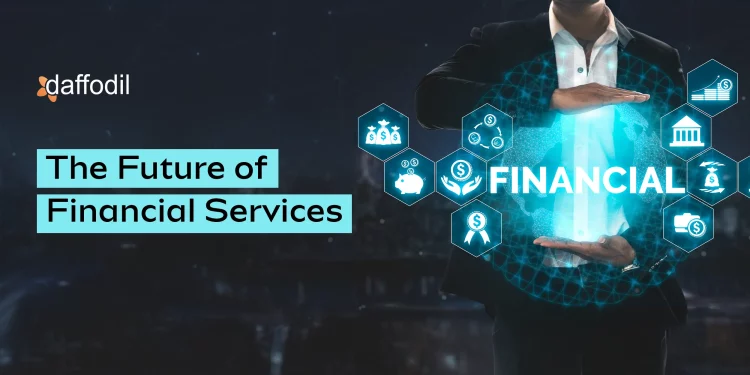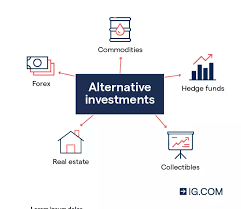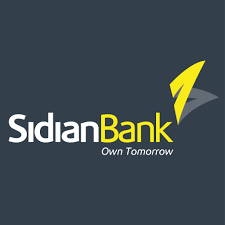In recent years, the financial services landscape has undergone a subtle yet profound shift with the emergence of embedded finance. The practice of integrating financial services such as payments, lending, insurance, or investing into non financial platforms and applications. Rather than accessing a traditional bank or financial institution, consumers now experience finance seamlessly within the apps and services they already use.
Embedded finance integrates financial services within non financial platforms. This seamless integration significantly enhances user accessibility, allowing customers to conduct financial transactions without leaving their favorite apps. According to the World Economic Forum, the embedded finance sector is projected to experience dynamic growth at an impressive compound annual growth rate (CAGR) of 23.8% between 2025 and 2029, reaching an anticipated value of USD 7.2 trillion by 2030, shaping the overall financial picture through effective financial planning.
There are several drivers fueling this trend. First, technology infrastructure APIs (Application Programming Interfaces) and open banking protocols make it easier for non banks to plug in financial services. For instance, according to the open banking market growth trends and forecast, the growth in API usage for open banking is reported at 64.0% growth in certain segments. Second, consumer behavior is shifting. Users expect seamless, integrated experiences and are less tolerant of traditional multistep finance processes. Non financial platforms have massive user bases and understand customer behavior, giving them an advantage when offering embedded finance. Third, regulatory environments in many jurisdictions are becoming more favorable to fintech innovation and partnerships, making it easier for embedded finance models to scale.
Clearly, embedded finance offers significant advantages. For consumers, it offers convenience as financial services appear in the context of existing apps, accessibility especially for previously underserved populations, and often lower cost or friction. For companies, embedding finance creates new revenue models, deeper customer relationships, and more data to refine finance offerings. It also enables faster growth without building a full bank from scratch.
However, embedded finance comes with risks and challenges. Data privacy and security issues are front and centre. When non banks handle financial services, the question of regulatory oversight, consumer protection, and KYC/AML compliance becomes critical. Another challenge lies in operational risk: companies must ensure that the embedded financial services they provide meet regulatory standards and maintain reliability. There is also a risk of over extension: non financial platforms venturing into finance may lack the culture or risk infrastructure of traditional banks, exposing them to credit risk or compliance failures. Furthermore, competitive pressure and margin erosion may emerge once the model becomes ubiquitous.


















